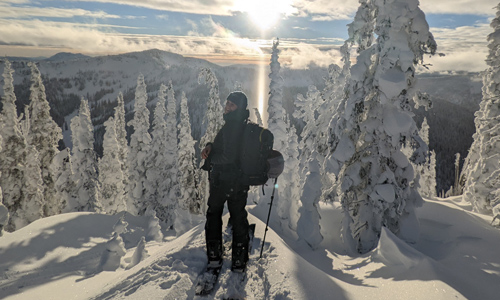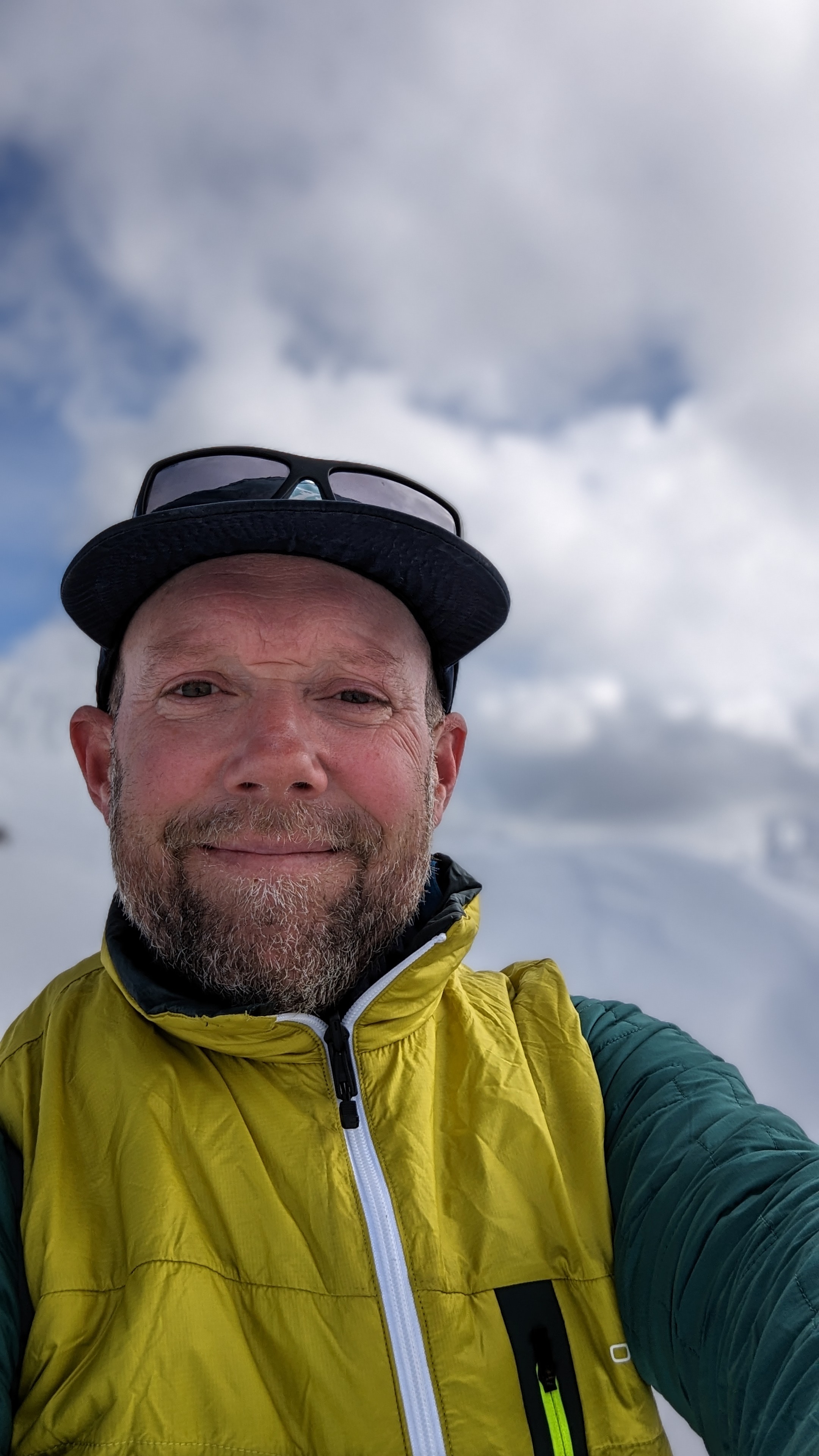Navigating Avalanche Safety: Selecting the Right Avalanche Transceiver
In the realm of avalanche safety, an avalanche transceiver isn't just a tool; it's your last resort when disaster strikes. This post shares some basics about the intricate world of avalanche transceivers, guiding your informed choices and emphasizing the significance of practicing your transceiver skills. For those looking for a visual breakdown, check out our video on choosing a transceiver.
https://www.youtube.com/watch?v=0k1_IemxY0w
**Understanding Avalanche Transceivers:**
Avalanche transceivers are more than mere gadgets; they are lifelines in unpredictable backcountry terrain. These devices, when used properly, can be used to rapidly locate buried companions, saving precious time during critical moments. With proper training and practice you can drastically reduce your search times for victims under the snow.
**Decide what type of technology user you are**
Are you the type of person who values speed and simplicity over features designed for complex situations? Or are you the type of person who likes to dive deep into all the latest technology. Transceivers like the BCA Tracker series favour those who prefer simple solutions, whereas as the Mammut Barryvox S will keep those who enjoy all the bells and whistles satisfied. Whatever direction you choose, the onus is on you to learn and practice with all the features.
**Crucial Features to Consider**
Modern avalanche transceivers come packed with features, but nothing surpasses the importance of having three antennas. Triple-antenna technology significantly enhances search accuracy, reducing the risk of signal spikes or nulls often encountered with single or dual-antenna models. Only older transceivers use dual or single antennas. If you happen to have one of these, it is best to retire it and turn it into a practice transceiver.
Mark and masking functions are additional features that can help aid in multi-victim searches. Additionally, some newer transceivers feature voice commands and even maps of buried victims.

**Practice Makes Perfect: Elevating Skills through Consistent Training**
Possessing a cutting-edge transceiver isn't enough; skill proficiency is paramount. Regular practice reigns supreme. Take courses, engage in companion rescue practice with your friends, refine both search and signal transmission abilities, and familiarize yourself with its functions. The best transceiver is the one you've practiced with the most and feel most comfortable using. Remember, you don't want your first, second, or third practice to be during a real-life search for a buried friend. Be the expert, so your process is set to autopilot.
**Unveiling Transceiver Search Strategies: Expertise Gained through Repetition**
Expert transceivers use hinges on executing search patterns with precision. Through training and practice, master grid and spiral searches, enabling rapid location of buried victims. The victim search is just the start of the process, you must also master the art of probing and digging strategies.
**Modern Transceivers: A Triple Threat of Performance, Reliability, and Speed**
Advancements in transceiver technology prioritize speed and accuracy. Modern triple-antenna transceivers offer refined signal processing, aiding in distinguishing multiple burials. Some new transceivers even offer voice commands and maps for advanced search capabilities.
**Beyond Basics: Comprehensive Safety Gear Knowledge**
An avalanche transceiver is just part of your tool kit, a complete safety kit involves more. Probe poles, shovels, first aid, communication devices, and airbags are integral tools to carry, first you must understand their use.
**Leveraging AST Courses: Enriching Your Expertise**
Complement your transceiver skills with Avalanche Skills Training (AST) courses. Empower yourself with avalanche terrain assessment, decision-making, and rescue techniques. Take a companion rescue skills course to brush up on all the latest courses.
**Your Progression: Learning and Growth**
Remember, transceivers are a last resort, the best way to stay safe in the backcountry is to make appropriate trips plans for conditions and choosing conservative terrain. Choosing the right avalanche transceiver is just a part of a larger process of safety. By practicing skills with an appropriate transceiver you are committing to safety and constant learning.









